
Aectual
Hedwig Heinsman, Martine de Wit & Hans Vermeulen
Aectual offers a fully circular interior design solution, from furniture to wall panels and ceilings. Their 3D printed products are made from recycled waste streams and plant-based materials, with no waste produced during the manufacturing process. After use, the products are taken back, shredded into new material, and reused in new designs.
The construction industry accounts for 30% of the world's waste every year. Commercial interiors are renewed every five to seven years, and often even earlier. As a result, these interior changes generate an ongoing waste stream, likely making them the largest contributor of CO2 emissions in the construction industry - alongside concrete and steel production.
Hedwig Heinsman is one of the three owners of Aectual. She tells us about her love for architecture, why 3D printing is essentially a modern form of craft and her drive to show people the value and beauty of waste materials.


Photography: Anouk Moerman
Hi Hedwig, you’re one of the three founders of Aectual. Could you tell us a bit about yourselves and what brought you together?
My partners Hans Vermeulen, Martine de Wit and I, Hedwig Heinsman, came together by our shared passion for craft, the making process and rethinking the use of materials. Together, we ran a successful architectural firm called DUS Architects, which we founded in 2004 while studying architecture in the Dutch city of Delft.
During our studies, we worked on a project in which we had to build a temporary installation. For this we chose to build a small pavilion out of used bicycle tyres. This first project continues to influence our work, as we always strive to balance our love for creating new things with material efficiency.
With DUS, we primarily worked on large, often long-term and complex architectural projects. So, to keep challenging ourselves creatively, we started doing side projects. Building small, spontaneous pavilions of discarded materials, in cooperation with local residents. The revaluation of waste and bringing people together appealed to us even then.
When 3D printing emerged in the 2010s, we saw its potential to change the architecture and design landscape. We had the idea of letting communities create their own environments using large 3D printers and waste materials. This vision of a sustainable future became the driving force behind our work.
You began 3D printing with waste materials as architects. What is the problem in the architecture and design world?
Construction generates a lot of waste, primarily due to standardization. Take tiling a bathroom, for instance. Cutting tiles to size always produces excess material. This waste issue is magnified in larger construction projects. 3D-printing offers a solution to this problem by making fully customized products.
You decided not to continue with your architectural firm, but instead started a new company: Aectual. Why?
In 2011, we won the Amsterdam Prize for Art with our architecture firm for our unusual approach. We then invested the cash prize in developing one of the world's first large-scale 3D on-demand printers. This eventually led to the '3D Print Canal House project': an investigation into new global housing solutions and the possibilities of 3D printing. More and more partners joined in and the interest in 3D printing from clients and other architects grew.
We decided to put DUS on the back burner and start a new company together - Aectual. One of the biggest changes was the transition from being architects ourselves, to facilitating others. Previously, we had seen ourselves more as designers sketching visions of the future rather than as an industry player wanting to change a sector.
This transition required a shift in attitude from all three of us. Now, it was our job to support other architects and designers in realizing their designs. Thanks to our own background, we could relate to what they wanted.
From being architects ourselves, to facilitating others.
You now help other architects and interior designers. What kind of products do you make for them?
Aectual offers a wide range of 3D printed products for the interior and architectural industries, all made from circular materials. Our catalogue includes tables, pouffes, folding screens and other furniture pieces that can be customized via our website. We also offer custom-made systems such as wall panels, flooring and other interior finishes. Those systems account for the lion's share of our turnover.
Our innovative 3D manufacturing process includes proprietary material recipes and printing technology. By using smart data, we eliminate waste during production. We also offer a take-back system where companies can return our products after use, or have them collected, after which the parts are shredded into a basic raw material. In this way, we have created a fully circular chain and make it possible for companies to replace new materials with recycled ones.
You want to replace the use of new materials in company interiors with recycled alternatives. What waste materials do you use?
Our adventure began with testing a material recipe based on polypropylene: one of the most common waste plastics. It is used in products such as jerry cans, plastic garden furniture, bread bins and car parts. However, we soon decided against working with plastics made from fossil fuels, choosing instead to work with plant-based materials. This led us to collaborate with Henkel, a German materials multinational and together, we developed a plant-based plastic, which we still use today.
We now work with a variety of waste streams beyond vegetable plastic, including wood waste, waste from the paper industry, fishing nets and beverage cartons. Our goal is to continuously adapt and respond to new waste materials as they become available, ensuring ongoing innovation with a focus on creating fully circular materials and products. We are constantly testing new materials, from coffee grounds to other substances. To truly transform the industry, it is crucial that we develop these innovations into commercially viable products that can be printed on a large scale and remain profitable.


For example, you talk about beverage cartons as raw material. How do you come up with such an idea?
Beverage carton processing began with a partnership with Tetra Pak, a company that produces more than 200 billion beverage cartons annually—an astonishing number. Beverage cartons consist of about 75% cardboard and 25% polymer-aluminum mix, or 'PolyAl'. While the cardboard is reused to produce items like toilet paper, we use the remaining PolyAl to create customized interior products. The small pieces of aluminum also give these products a nice appearance.
Initially, this project started with a product line for Tetra Pak's own offices, but as customer demand increased, we have since developed several product lines from the material. On our site, you can now find different types of wall systems, planters and pouffes printed from recycled beverage cartons.
3D printing has taken off. How do you differentiate yourselves?
Our unique value proposition is a complete circular ecosystem. Producers want to make more sustainable choices, partly out of their own motivation and because of stricter regulations. They are increasingly accountable for solving their own waste problem. We provide an effective solution to tackle this challenge and help them close their chain.
Large-scale 3D printing is still relatively new. When we started with Aectual, there were few technical partners and material parties who could supply specifically for this technique. For example, while materials were printable, they did not yet comply with building regulations when used as final products. As a result, we developed not only as a design company, but also as a tech company. We create proprietary materials and recipes that comply with regulation and design products and interior solutions from them. Additionally, we generate print files via our custom software and can print with our own robots. And we ensure that products are collected after use, shredded and reintroduced into our print production.
As one of the first companies to start 3D printing, we’ve built a name for ourselves. We now have a rich and extensive network of materials partners, designers, and recycling companies that we work with. Nowadays, there are more good technical and materials partners and we are increasingly working with them to facilitate our growth.
You have strong chain partners, and also some significant customers already.
Yes, by now we are beyond the startup phase and can easily handle large-scale projects. Our products can be seen in the interiors of international commercial clients such as Nike, Hermès and Nio. For example, we make facade panels from recycled fishing nets, designed by the architecture firm MVRDV, which can be seen at Tiffany & Co., among others.
Most parties want - and need - to make sustainable choices, but at the same time don’t want to compromise on aesthetics. I am proud that people approach us because they find our products not only sustainable but also beautiful. It’s important to create a circular product and reduce CO emissions, but as a designer, I also find it essential that everything is well crafted.
We are constantly testing new materials, from coffee grounds to other substances.
You talk about aesthetics. Does that go hand in hand with sustainable design?
How people interact with and cherish a product is an important aspect of sustainability. I believe it’s essential that our customers can personally identify with our products. That’s why we offer customization options, allowing them to choose the colors and materials and indicate their specific preferences. This approach ensures every product is both industrially produced and custom-made. By giving our customers a great deal of attention, we recreate a product experience reminiscent of the old days, when products were made custom for you.
We see our work as a new kind of craft, where differences between the products create warmth and a personal touch. Since we work with waste materials, our base material is not always uniform. It is therefore our job to highlight the distinction between working with virgin (new) materials and recycled materials. For instance, colors may vary and the end result sometimes turns out slightly different. These 'imperfections' show how the product is made. We find this especially beautiful and want to inspire the customer to see these deviations as unique characteristics of this approach.

How do you see Aectual's future and what will it take to get there?
The current challenge we face is upscaling. It's incredible that we are being recognised internationally, but a major concern is that this means we transport a lot abroad. We do of course choose sustainable packaging materials and do not work with styrofoam, for example, but we would rather switch to local production facilities in different countries.
Therefore, the next step for us will be to open several Aectual production sites internationally. While our current production is primarily based in the Netherlands, we are increasingly looking for international partners to do this locally and are now running our first tests for this in Germany. We see this as the way forward.
In the future, we will probably do less of all the technical aspects ourselves, but focus on what we are best at and what we enjoy most: designing and recycling. When we started, hardly anyone was doing this, so we decided to do it ourselves. But meanwhile, more and more parties are working with XL 3D printers. By working with the new parties, we can further develop as a circular design platform.
Finally, what message do you want to give our readers?
We always find it interesting to think with people about circular solutions for waste streams. So: drop by our new lab sometime! There you can see our whole process, from design to printing and to recycling. Seeing with your own eyes how design and 3D printing can transform waste material into something beautiful, and thereby create value, is truly magical.
Kurzgeschichten
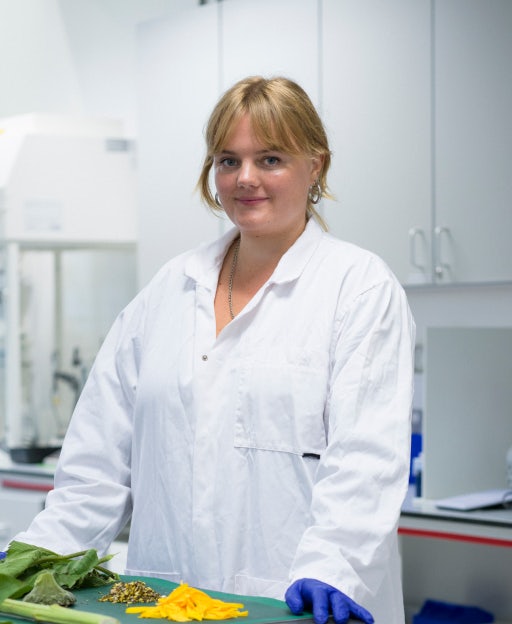
Secrid Talent Podium - ClimaFibre
Sunflowers can help to reduce our dependence and the environmental damage of cotton in the fashion industry.
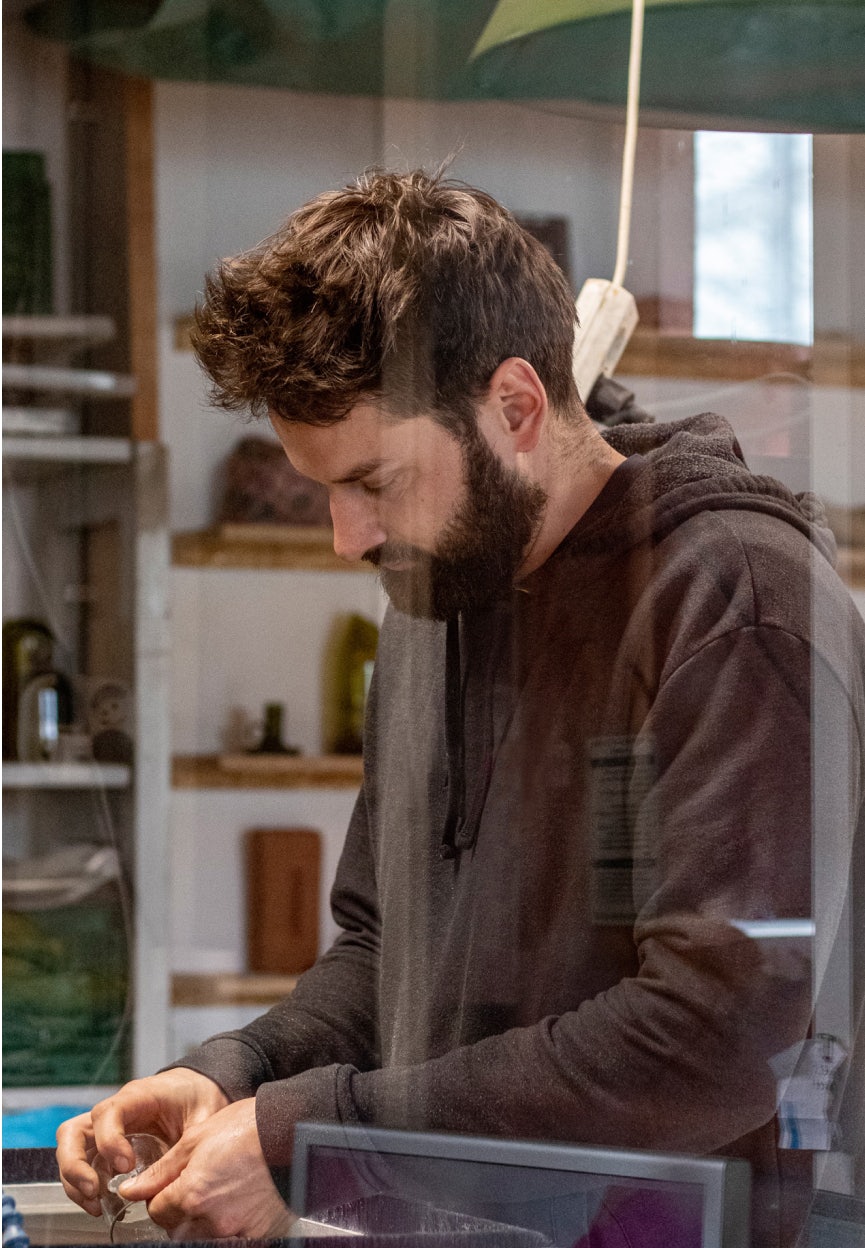
Secrid Talent Podium - Super Local
Luc van Hoeckel designs solutions for the 90% of the world's population without access to decent basic facilities.
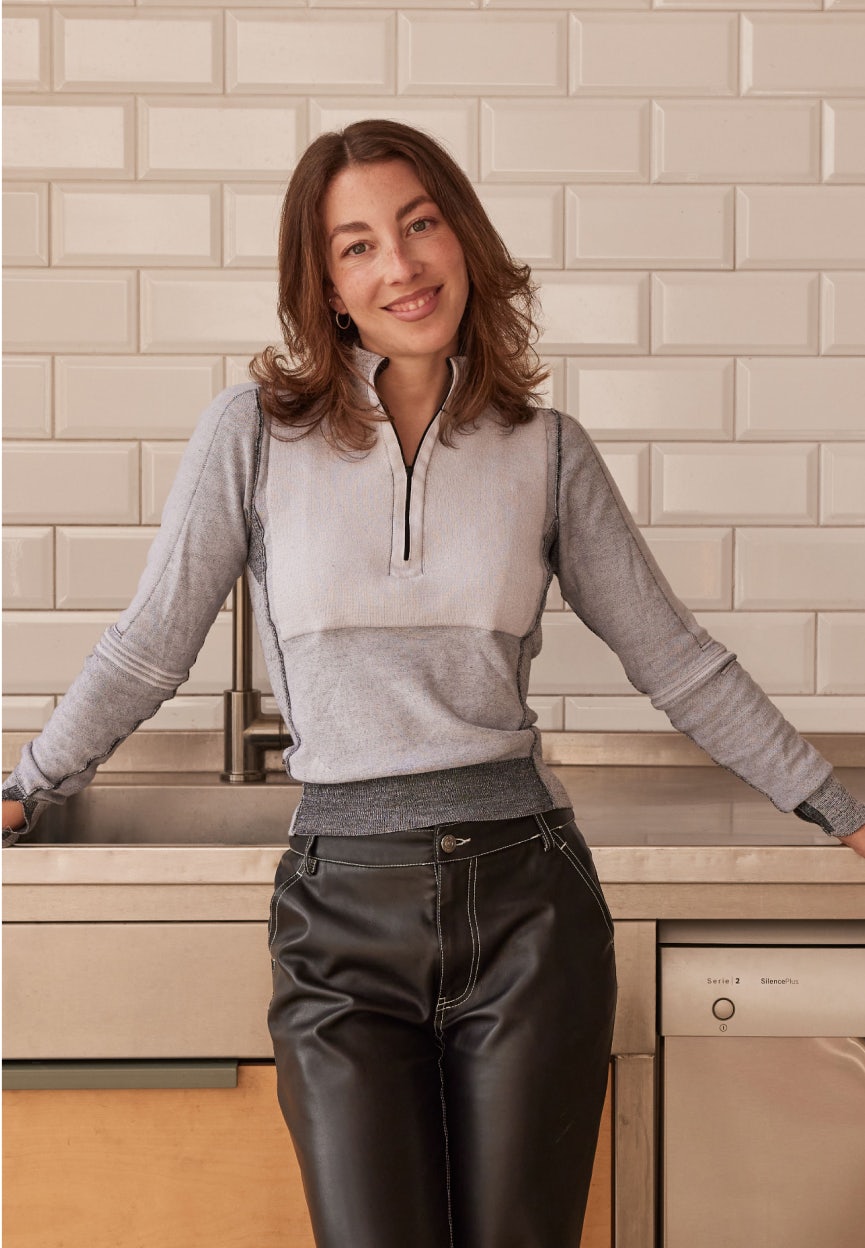
Secrid Talent Podium - Vorkoster
To combat food waste, Kimia Amir-Moazmi is working on a product that allows consumers to see for themselves whether food is still safe to eat.
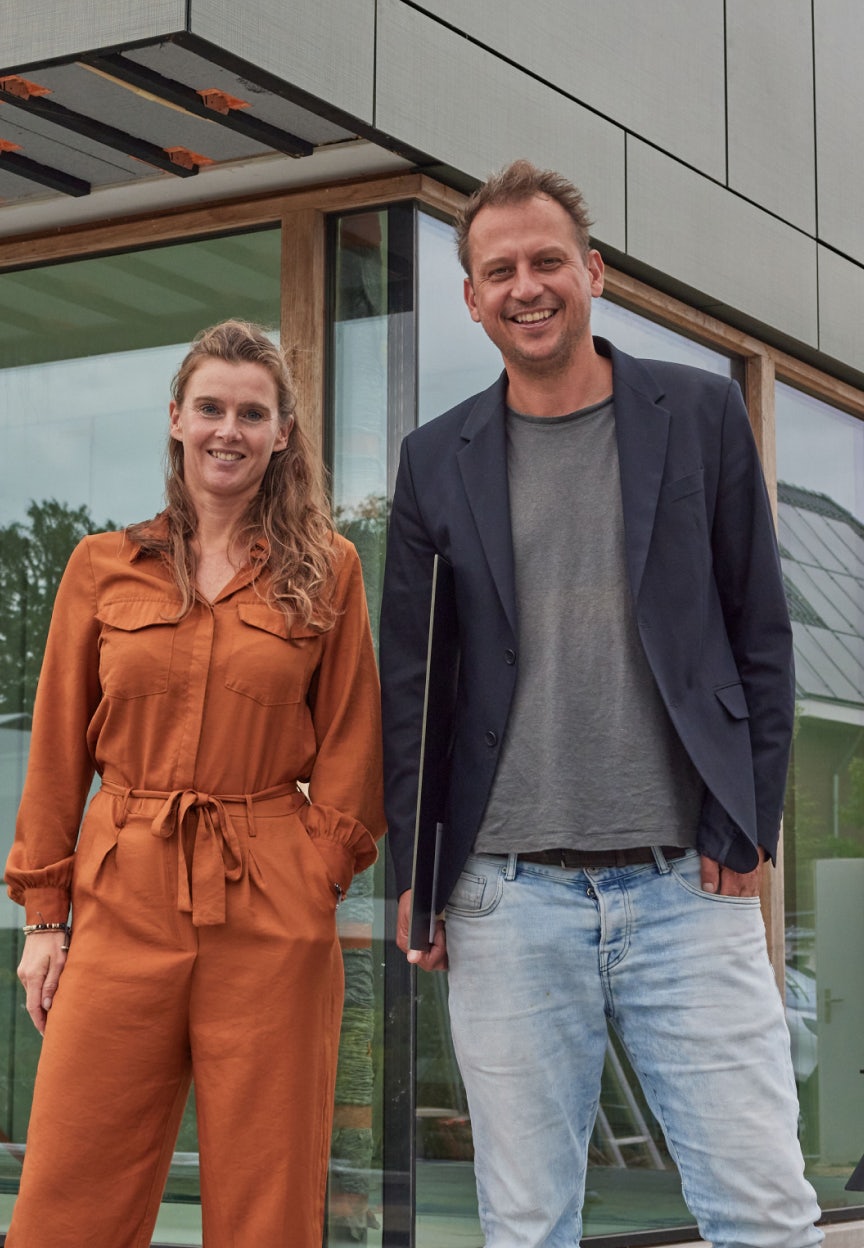
Secrid Talent Podium - Solarix
Solarix designs and produces aesthetic solar panels as façade cladding.
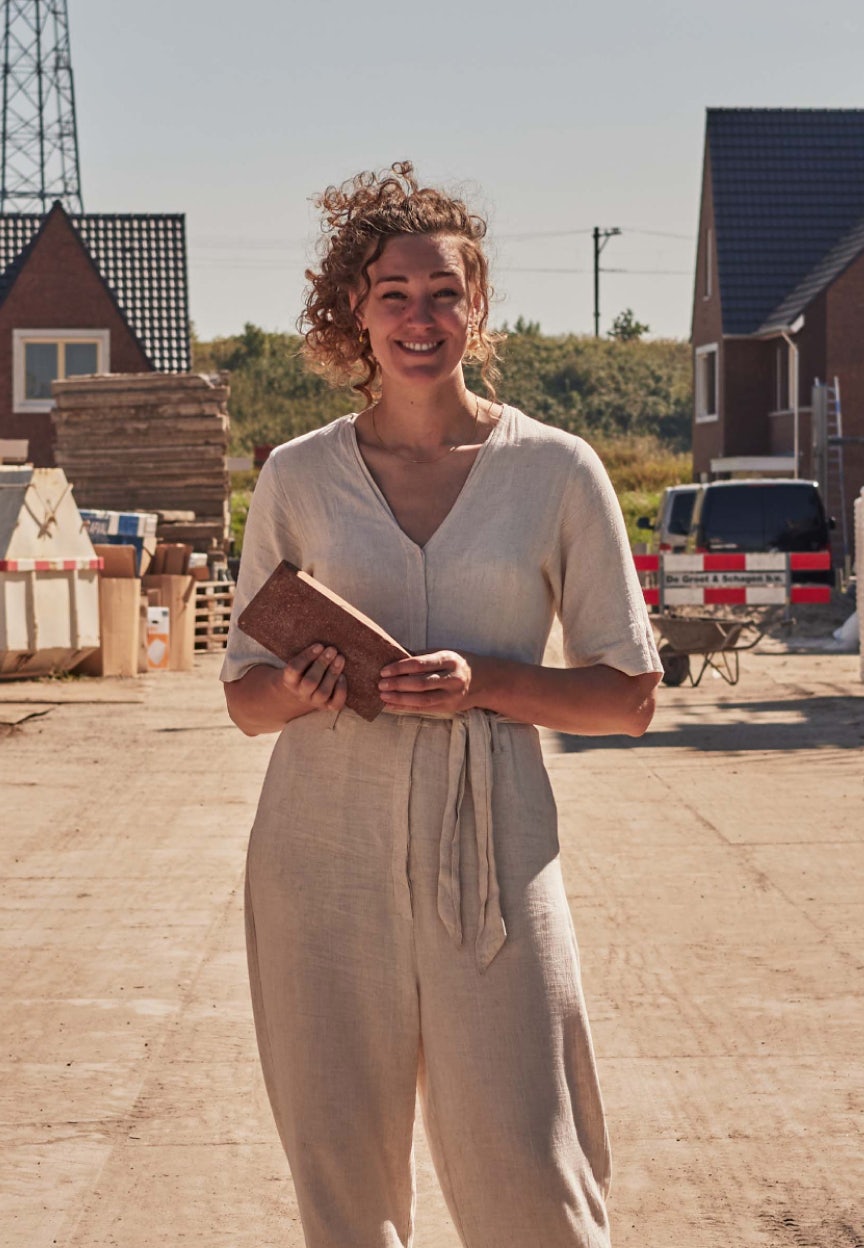
Secrid Talent Podium - Claybens
Emy Bensdorp is developing a technique to transform clay soil contaminated by PFAS into 100% clean bricks.

